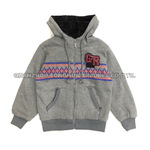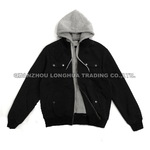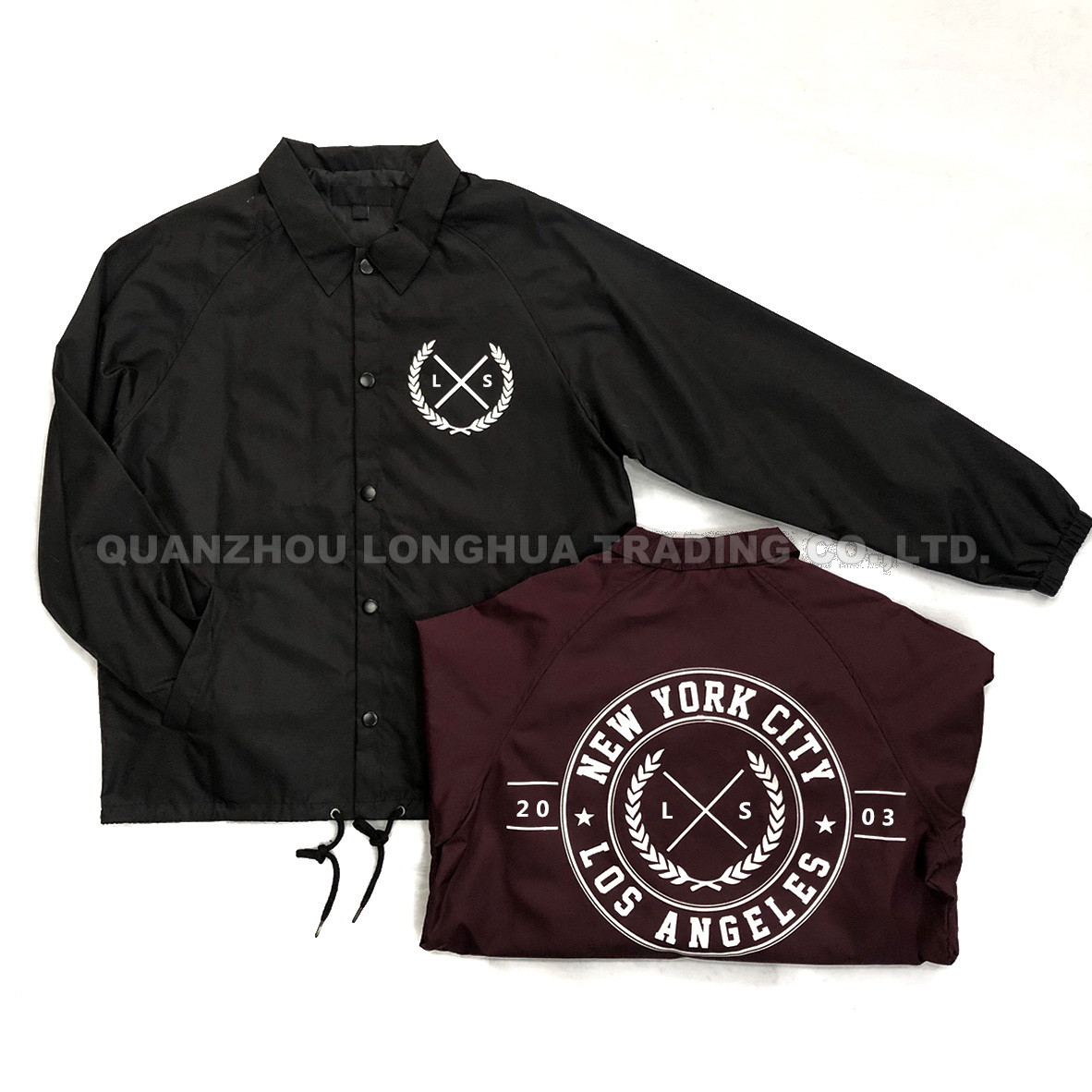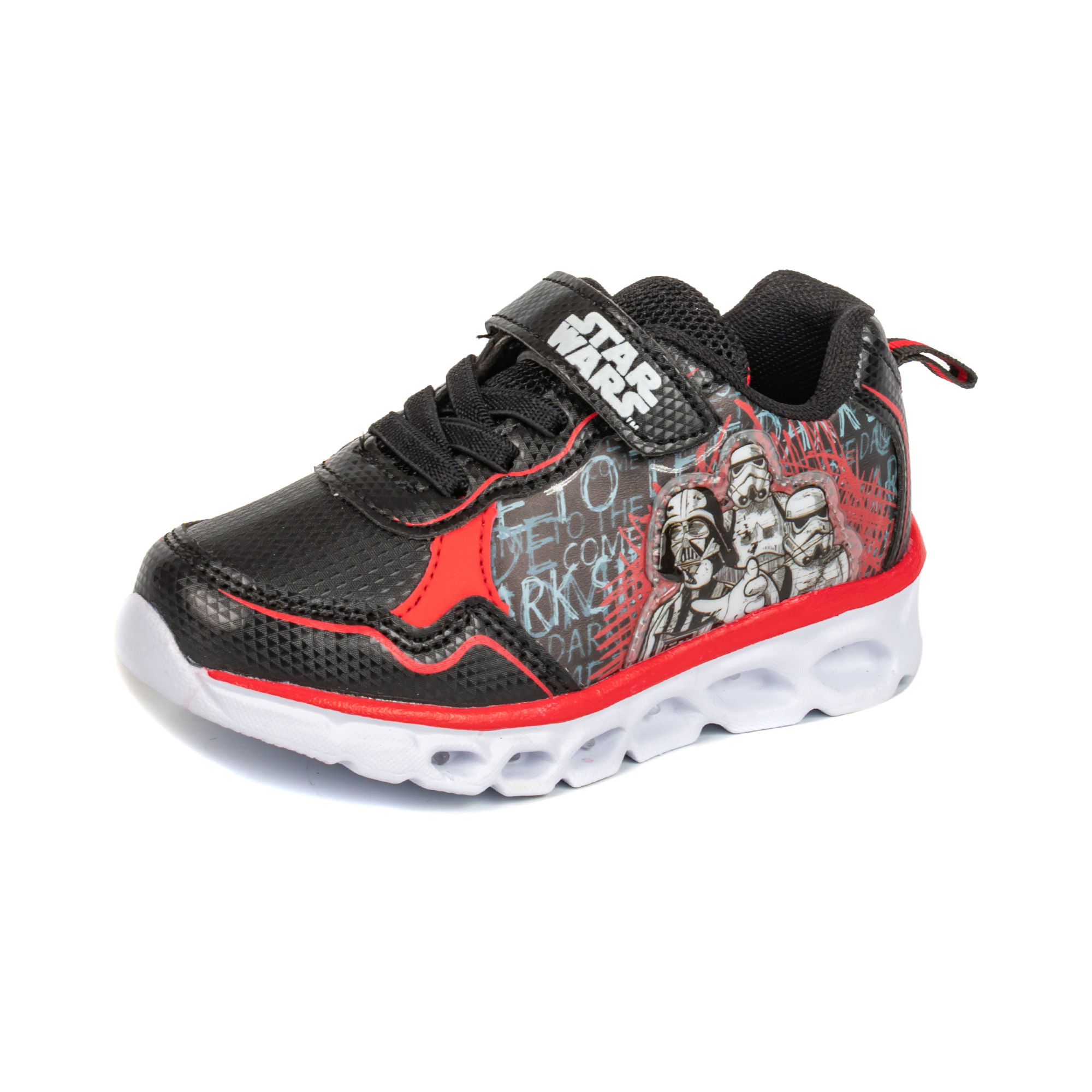News
Black textiles are more sun-proof. Have you chosen the right "skin clothing"?
- Categories:NEWS
- Author:
- Origin:
- Time of issue:2021-12-27
- Views:0
(Summary description)Sun protection is almost the primary task of those who love beauty in summer. In order to hide the body, various types of sun protection masks, masks and sun protection clothing are used more and more. How to choose and use sun protection textiles reasonably is also increasing. Become the knowledge that beauty lovers desire to understand. This summer, colorful "skin clothes" have almost become a must-choice equipment for every beauty-loving person. However, did you really choose the right "skin clothes"?
Ultraviolet rays may cause disease, sun protection is more related to health
People all know that sun exposure can promote the synthesis of cellulose D and bone development. Children can effectively prevent rickets from getting more exposure to the sun. The red and black skin is a symbol of sunshine and health, but they do not realize that these are based on a certain amount. On the basis of.
The understanding of sunscreen for most people is to prevent sunlight, but is it to prevent all sunlight? According to Dr. Zhang Bin, Associate Professor of the Key Laboratory of Textile Technology of the Ministry of Education, School of Textiles and Textiles, Donghua University, ultraviolet rays have a major impact on human skin after sunlight reaches the ground. Although its radiation energy only accounts for 6% of the total solar radiation, But it is the main light for sun protection.
"If our skin is exposed to too much ultraviolet light, it will be dark, rough, and lose its elasticity. This only affects the beauty. More importantly, it accelerates the formation of cataracts, causes keratitis and conjunctivitis, can induce skin diseases and even skin cancer, and brings many health. Therefore, sun protection is not only related to fair skin, but also health.” Zhang Bin said.
Ultraviolet rays can be divided into long-wave ultraviolet rays UVA (wavelength 320-420nm), medium-wave ultraviolet rays UVB (wavelength 275-320nm) and short-wave ultraviolet rays UVC (wavelength 200-275nm) according to the wavelength. UVA can penetrate the epidermis to attack the dermis. More than 95% of the ultraviolet rays exposed to the skin are UVA, which is easy to cause skin damage and aging; long-term exposure can also cause the formation and deposition of melanin, making the skin dark and dull, so it is called For the tanning section. UVB is called the sunburn period. After prolonged exposure to the sun, the skin will become red and painful, which can cause immediate sunburn. This is the main band that needs to be prevented. UVC has been absorbed by the ozone layer before reaching the ground, and has basically no effect on the skin. Therefore, sun protection is mainly to resist the damage of UVA and UVB.
In recent years, due to the large amount of human emission of Freon and other chlorofluorocarbon derivatives, the atmosphere above the earth has been increasingly destroyed, the ozone layer has also become thinner and thinner, and the amount of ultraviolet radiation reaching the ground has gradually increased, resulting in related diseases. It is also increasing, so sun protection has become something people have to care about. In view of this, sunscreen textiles came into being, and whether they can effectively prevent ultraviolet radiation has become the main consideration for people to choose sunscreen textiles.
Pure cotton has weak sun protection, black is more sun protection
According to Zhang Bin, when ultraviolet rays are irradiated on textiles, part of it is absorbed, part is reflected, and part is transmitted through the fabric. Only the ultraviolet rays passing through the fabric affect the skin. If it absorbs and reflects more, the less ultraviolet light is transmitted, and the better the protection performance. "Therefore, the identification of the anti-ultraviolet properties of textiles depends on whether it improves the reflection and absorption of ultraviolet rays. The anti-ultraviolet ability of textiles is related to factors such as fiber type and structure, yarn structure, fabric structure and specifications, and color."
According to reports, at present, among our commonly used textile fibers, the benzene ring in the polyester molecule, the amino acid in the wool molecule and other groups have good absorption of ultraviolet light with a wavelength of less than 300nm; the pectin in the hemp fiber is skewed. The pore structure and the existence of grooves and cracks have a good effect on the elimination of light waves; cotton fabrics have relatively poor anti-ultraviolet ability and are the most transparent fabrics for ultraviolet rays. Therefore, if pure cotton products are not processed specifically, their UV resistance is poor.
In terms of raw yarn structure, the law of the anti-ultraviolet performance of textiles is: short fiber fabrics are better than filament fabrics; fine fiber fabrics are better than thick fiber fabrics; general shaped cross-section chemical fiber fabrics are better than round cross-sect
Black textiles are more sun-proof. Have you chosen the right "skin clothing"?
(Summary description)Sun protection is almost the primary task of those who love beauty in summer. In order to hide the body, various types of sun protection masks, masks and sun protection clothing are used more and more. How to choose and use sun protection textiles reasonably is also increasing. Become the knowledge that beauty lovers desire to understand. This summer, colorful "skin clothes" have almost become a must-choice equipment for every beauty-loving person. However, did you really choose the right "skin clothes"?
Ultraviolet rays may cause disease, sun protection is more related to health
People all know that sun exposure can promote the synthesis of cellulose D and bone development. Children can effectively prevent rickets from getting more exposure to the sun. The red and black skin is a symbol of sunshine and health, but they do not realize that these are based on a certain amount. On the basis of.
The understanding of sunscreen for most people is to prevent sunlight, but is it to prevent all sunlight? According to Dr. Zhang Bin, Associate Professor of the Key Laboratory of Textile Technology of the Ministry of Education, School of Textiles and Textiles, Donghua University, ultraviolet rays have a major impact on human skin after sunlight reaches the ground. Although its radiation energy only accounts for 6% of the total solar radiation, But it is the main light for sun protection.
"If our skin is exposed to too much ultraviolet light, it will be dark, rough, and lose its elasticity. This only affects the beauty. More importantly, it accelerates the formation of cataracts, causes keratitis and conjunctivitis, can induce skin diseases and even skin cancer, and brings many health. Therefore, sun protection is not only related to fair skin, but also health.” Zhang Bin said.
Ultraviolet rays can be divided into long-wave ultraviolet rays UVA (wavelength 320-420nm), medium-wave ultraviolet rays UVB (wavelength 275-320nm) and short-wave ultraviolet rays UVC (wavelength 200-275nm) according to the wavelength. UVA can penetrate the epidermis to attack the dermis. More than 95% of the ultraviolet rays exposed to the skin are UVA, which is easy to cause skin damage and aging; long-term exposure can also cause the formation and deposition of melanin, making the skin dark and dull, so it is called For the tanning section. UVB is called the sunburn period. After prolonged exposure to the sun, the skin will become red and painful, which can cause immediate sunburn. This is the main band that needs to be prevented. UVC has been absorbed by the ozone layer before reaching the ground, and has basically no effect on the skin. Therefore, sun protection is mainly to resist the damage of UVA and UVB.
In recent years, due to the large amount of human emission of Freon and other chlorofluorocarbon derivatives, the atmosphere above the earth has been increasingly destroyed, the ozone layer has also become thinner and thinner, and the amount of ultraviolet radiation reaching the ground has gradually increased, resulting in related diseases. It is also increasing, so sun protection has become something people have to care about. In view of this, sunscreen textiles came into being, and whether they can effectively prevent ultraviolet radiation has become the main consideration for people to choose sunscreen textiles.
Pure cotton has weak sun protection, black is more sun protection
According to Zhang Bin, when ultraviolet rays are irradiated on textiles, part of it is absorbed, part is reflected, and part is transmitted through the fabric. Only the ultraviolet rays passing through the fabric affect the skin. If it absorbs and reflects more, the less ultraviolet light is transmitted, and the better the protection performance. "Therefore, the identification of the anti-ultraviolet properties of textiles depends on whether it improves the reflection and absorption of ultraviolet rays. The anti-ultraviolet ability of textiles is related to factors such as fiber type and structure, yarn structure, fabric structure and specifications, and color."
According to reports, at present, among our commonly used textile fibers, the benzene ring in the polyester molecule, the amino acid in the wool molecule and other groups have good absorption of ultraviolet light with a wavelength of less than 300nm; the pectin in the hemp fiber is skewed. The pore structure and the existence of grooves and cracks have a good effect on the elimination of light waves; cotton fabrics have relatively poor anti-ultraviolet ability and are the most transparent fabrics for ultraviolet rays. Therefore, if pure cotton products are not processed specifically, their UV resistance is poor.
In terms of raw yarn structure, the law of the anti-ultraviolet performance of textiles is: short fiber fabrics are better than filament fabrics; fine fiber fabrics are better than thick fiber fabrics; general shaped cross-section chemical fiber fabrics are better than round cross-sect
- Categories:NEWS
- Author:
- Origin:
- Time of issue:2021-12-27
- Views:0
Sun protection is almost the primary task of those who love beauty in summer. In order to hide the body, various types of sun protection masks, masks and sun protection clothing are used more and more. How to choose and use sun protection textiles reasonably is also increasing. Become the knowledge that beauty lovers desire to understand. This summer, colorful "skin clothes" have almost become a must-choice equipment for every beauty-loving person. However, did you really choose the right "skin clothes"?
Ultraviolet rays may cause disease, sun protection is more related to health
People all know that sun exposure can promote the synthesis of cellulose D and bone development. Children can effectively prevent rickets from getting more exposure to the sun. The red and black skin is a symbol of sunshine and health, but they do not realize that these are based on a certain amount. On the basis of.
The understanding of sunscreen for most people is to prevent sunlight, but is it to prevent all sunlight? According to Dr. Zhang Bin, Associate Professor of the Key Laboratory of Textile Technology of the Ministry of Education, School of Textiles and Textiles, Donghua University, ultraviolet rays have a major impact on human skin after sunlight reaches the ground. Although its radiation energy only accounts for 6% of the total solar radiation, But it is the main light for sun protection.
"If our skin is exposed to too much ultraviolet light, it will be dark, rough, and lose its elasticity. This only affects the beauty. More importantly, it accelerates the formation of cataracts, causes keratitis and conjunctivitis, can induce skin diseases and even skin cancer, and brings many health. Therefore, sun protection is not only related to fair skin, but also health.” Zhang Bin said.
Ultraviolet rays can be divided into long-wave ultraviolet rays UVA (wavelength 320-420nm), medium-wave ultraviolet rays UVB (wavelength 275-320nm) and short-wave ultraviolet rays UVC (wavelength 200-275nm) according to the wavelength. UVA can penetrate the epidermis to attack the dermis. More than 95% of the ultraviolet rays exposed to the skin are UVA, which is easy to cause skin damage and aging; long-term exposure can also cause the formation and deposition of melanin, making the skin dark and dull, so it is called For the tanning section. UVB is called the sunburn period. After prolonged exposure to the sun, the skin will become red and painful, which can cause immediate sunburn. This is the main band that needs to be prevented. UVC has been absorbed by the ozone layer before reaching the ground, and has basically no effect on the skin. Therefore, sun protection is mainly to resist the damage of UVA and UVB.
In recent years, due to the large amount of human emission of Freon and other chlorofluorocarbon derivatives, the atmosphere above the earth has been increasingly destroyed, the ozone layer has also become thinner and thinner, and the amount of ultraviolet radiation reaching the ground has gradually increased, resulting in related diseases. It is also increasing, so sun protection has become something people have to care about. In view of this, sunscreen textiles came into being, and whether they can effectively prevent ultraviolet radiation has become the main consideration for people to choose sunscreen textiles.
Pure cotton has weak sun protection, black is more sun protection
According to Zhang Bin, when ultraviolet rays are irradiated on textiles, part of it is absorbed, part is reflected, and part is transmitted through the fabric. Only the ultraviolet rays passing through the fabric affect the skin. If it absorbs and reflects more, the less ultraviolet light is transmitted, and the better the protection performance. "Therefore, the identification of the anti-ultraviolet properties of textiles depends on whether it improves the reflection and absorption of ultraviolet rays. The anti-ultraviolet ability of textiles is related to factors such as fiber type and structure, yarn structure, fabric structure and specifications, and color."
According to reports, at present, among our commonly used textile fibers, the benzene ring in the polyester molecule, the amino acid in the wool molecule and other groups have good absorption of ultraviolet light with a wavelength of less than 300nm; the pectin in the hemp fiber is skewed. The pore structure and the existence of grooves and cracks have a good effect on the elimination of light waves; cotton fabrics have relatively poor anti-ultraviolet ability and are the most transparent fabrics for ultraviolet rays. Therefore, if pure cotton products are not processed specifically, their UV resistance is poor.
In terms of raw yarn structure, the law of the anti-ultraviolet performance of textiles is: short fiber fabrics are better than filament fabrics; fine fiber fabrics are better than thick fiber fabrics; general shaped cross-section chemical fiber fabrics are better than round cross-section chemical fiber fabrics; non-twisted filament products Better than twisted filament products. Fabric structure is also one of the factors that determine the anti-ultraviolet radiation performance of textiles. The thicker and denser the fabric, the lower the porosity, the lower the ultraviolet transmittance, and the greater the protective effect of the textile on the human body. "Therefore, it is not difficult for us to understand why people pay more attention to sun protection in the summer and less concerned about it in other seasons."
According to Zhang Bin, at present, most sun protection clothing on the market is made of semi-transparent and light fabrics. If there is no design and processing for UV protection, it can only cover the body and it is difficult to shield the UV. However, the air permeability, moisture permeability and perspiration of thick and compact fabrics are poor. Therefore, the anti-ultraviolet performance and the coolness and comfort of clothing must be weighed against each other. So, how to choose textiles suitable for summer? In this regard, Zhang Bin suggests taking into account lightness, coolness, and comfort.
"After the fabric is dyed, and as the color of the fabric deepens, the UV transmittance of the fabric decreases, that is, the UV protection performance is improved. Among different colors, black has better UV protection, followed by navy blue, red, and dark green. , Purple, and green, light red, light green, and white are inferior, especially white. The whiter the fabric, the worse the UV resistance." Zhang Bin said.
"It is difficult to obtain better sun protection performance without special treatment for anti-ultraviolet rays. However, after finishing the textiles with anti-ultraviolet rays, the physical and mechanical properties, feel and comfort of the textiles will generally be reduced, and the finishing The anti-ultraviolet textiles produced by the method are generally not washable. Therefore, it is recommended that sunscreen textiles should not be washed or washed as little as possible, so as not to affect their anti-ultraviolet performance. In addition, such as anti-ultraviolet sun umbrellas, such as rainwater, direct contact with the anti-ultraviolet layer on rainy days , Its anti-ultraviolet performance will also be reduced, it is recommended not to use it in rainy days.
In order to help people better sunscreen, researchers have never stopped. In order to improve the clean production capacity of textiles, researchers from Donghua University have developed an ecological natural anti-ultraviolet functional finishing agent. Since this functional additive is derived from the plant kingdom, it has high compatibility with the human body and the environment. Successfully used in silk and wool products. In real silk products, not only can obviously improve the anti-ultraviolet performance of silk products, but also can improve the performance of silk fabrics that are not light fast.
Scan the QR code to read on your phone
Related Reading
Leave a Message
Contact us















